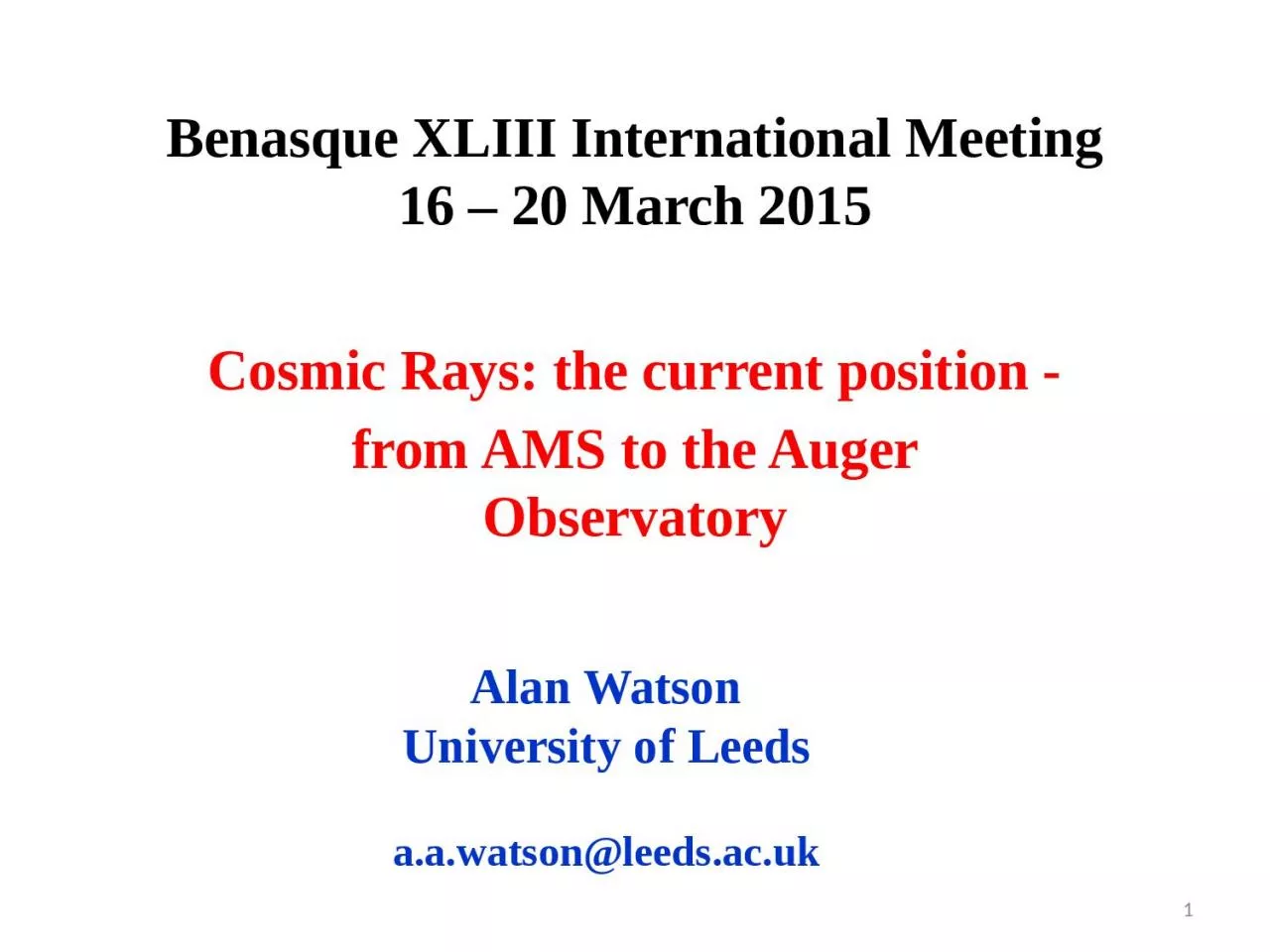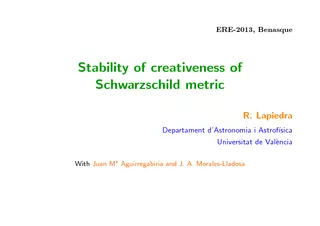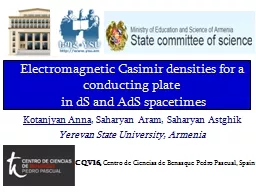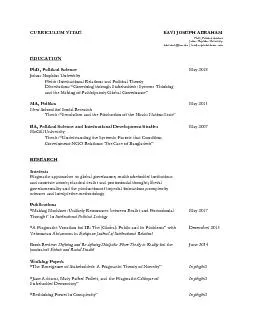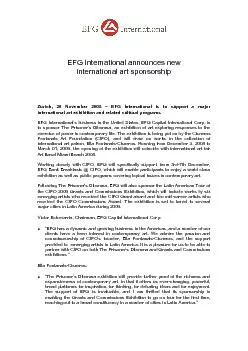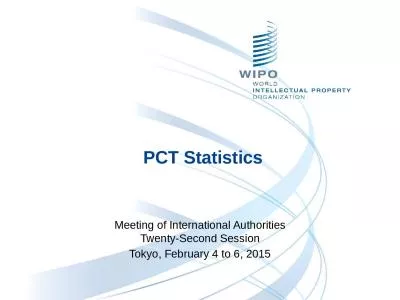PPT-Benasque XLIII International Meeting
Author : gelbero | Published Date : 2024-02-02
16 20 March 2015 Cosmic Rays the current position from AMS to the Auger Observatory 1 Alan Watson University of Leeds aawatsonleedsacuk Lecture 1 Overview of the
Presentation Embed Code
Download Presentation
Download Presentation The PPT/PDF document "Benasque XLIII International Meeting" is the property of its rightful owner. Permission is granted to download and print the materials on this website for personal, non-commercial use only, and to display it on your personal computer provided you do not modify the materials and that you retain all copyright notices contained in the materials. By downloading content from our website, you accept the terms of this agreement.
Benasque XLIII International Meeting: Transcript
Download Rules Of Document
"Benasque XLIII International Meeting"The content belongs to its owner. You may download and print it for personal use, without modification, and keep all copyright notices. By downloading, you agree to these terms.
Related Documents

